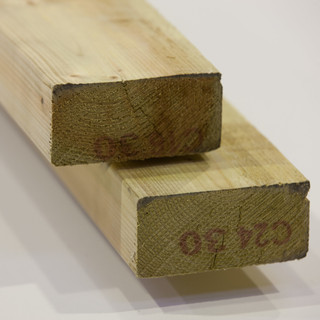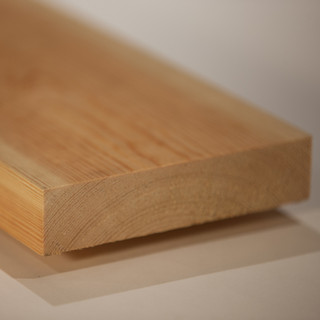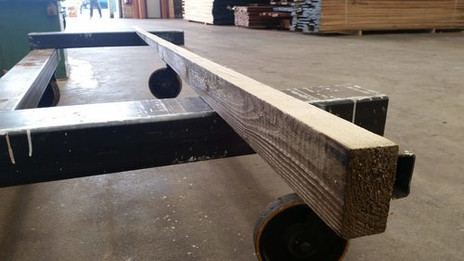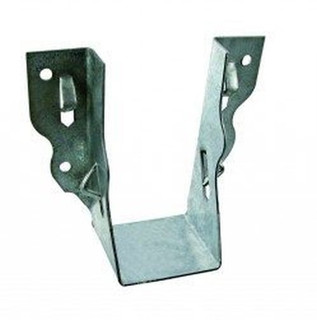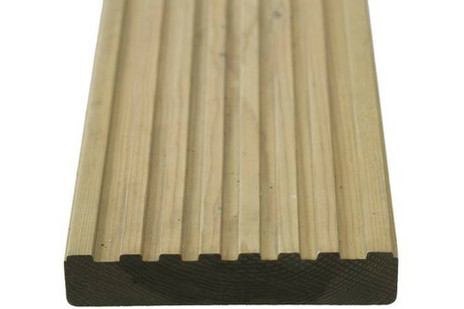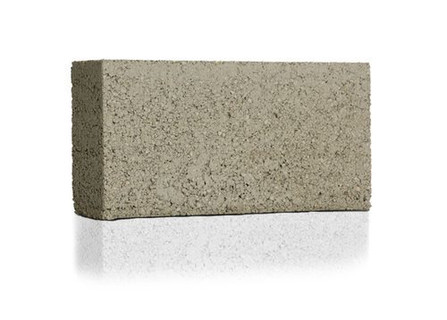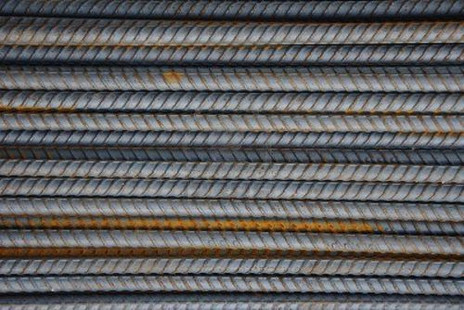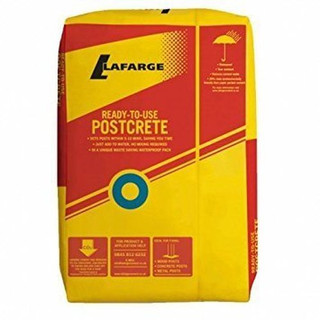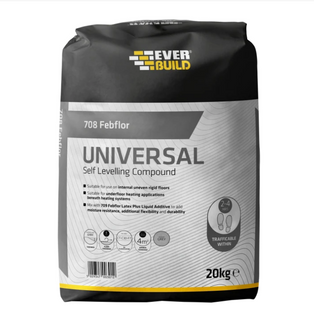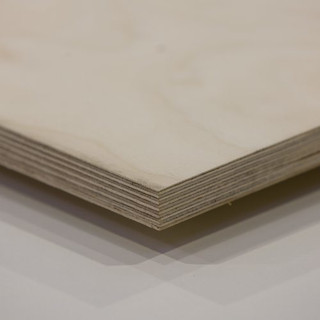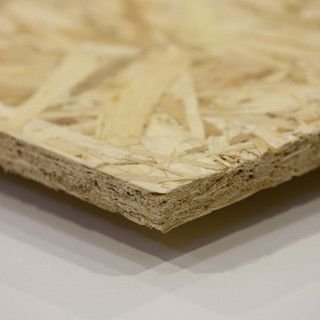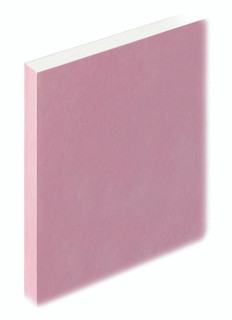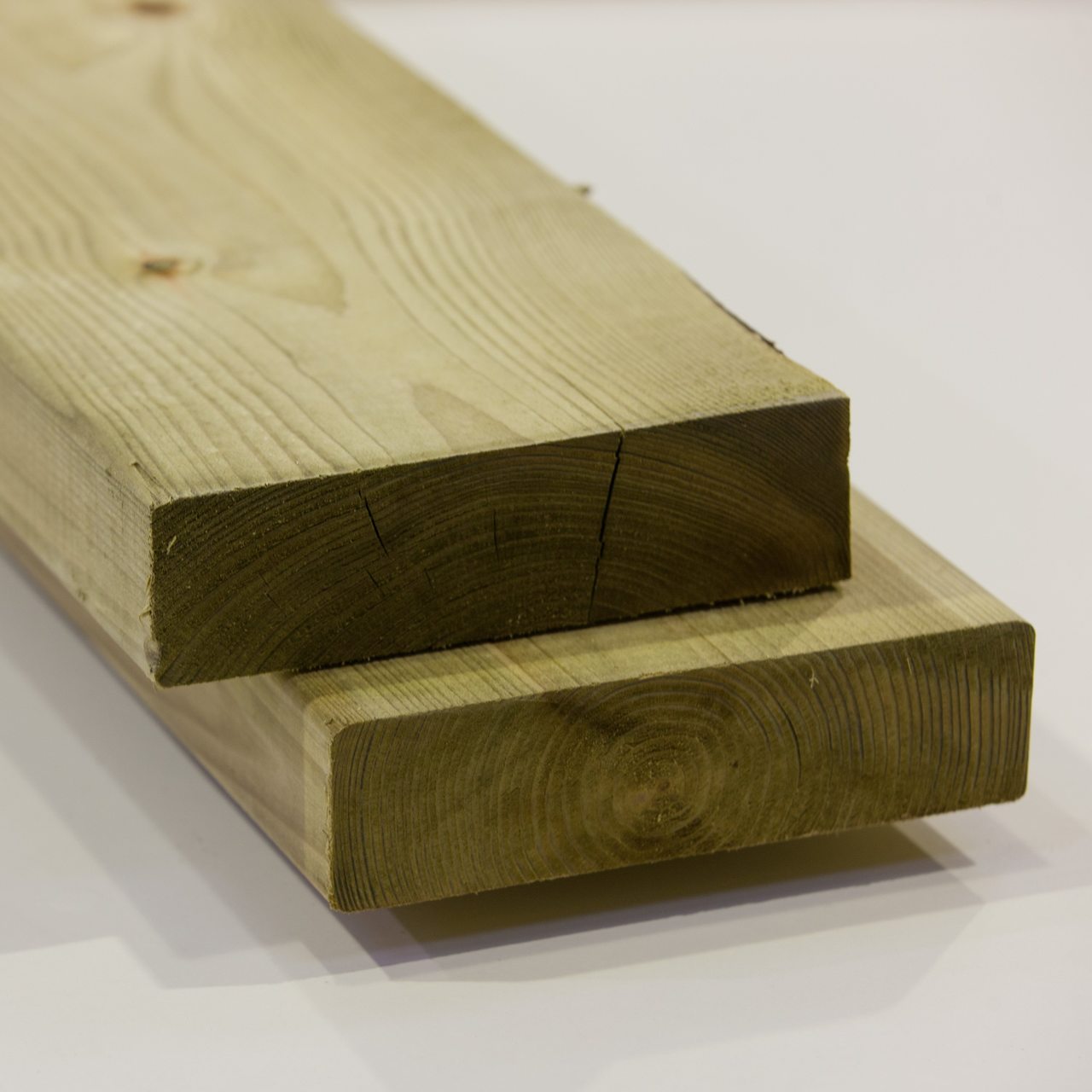What does C16 and C24 actually mean?
Buying timber for somebody who isn't in the trade can be a daunting and confusing process, with countless options available and all sorts of weird and wonderful terms flying around, it can get a bit much!
This blog post covers softwood timber grading to help you understand what the C16 and C24 you keep coming across actually means.
C16 and C24 are the most commonly used softwood timbers used here in the UK, what are they and which timber should you use?
C16 Timber
C16 is the most commonly used form of timber, it can be used in many different applications and is the most cost effective option.
C16 timbers are kiln dried to minimise the amount of moisture in the wood.
This grade of timber which is commonly used in internal construction such as floors, walls and roof joists is not only cost effective, is has the strength and other properties such as bending, compression and density which are required for construction.
As strong, versatile and cost effective this grade of timber might be, it does have some defects, such as, grain deviations which may effect the strength of the timber as well as some cosmetic defects such as sap stains and sometimes and an uneven surface.
C24 Timber
C24 timber is the superior cousin of C16.
This grade is also kiln dried and used in construction products. It is more superior in terms of its properties such as strength, resilience and appearance with very few defects if any.
C24 timber costs slightly more than C16.

